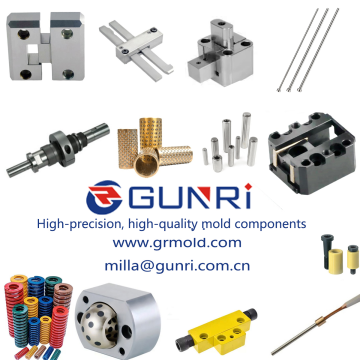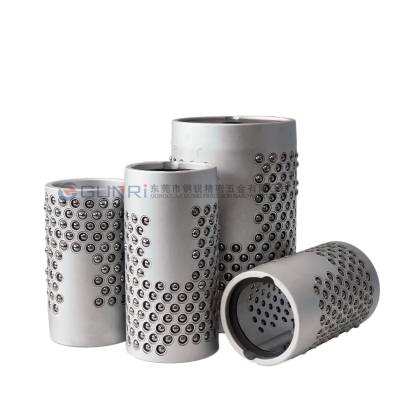Optimizing Mold Temperature Settings in Injection Molding
Injection molding is a highly precise manufacturing process, and setting the mold temperature plays a crucial role in enhancing product quality and ensuring the proper functioning of the mold. In this article, we will delve into the specifics of mold temperature settings in injection molding, understanding their significance, and how they impact the final product.
What is Mold Temperature in Injection Molding?
Mold temperature in injection molding refers to the temperature of the mold cavity’s surface during the molding process. Properly setting the mold temperature is not only about achieving the right temperature but also ensuring its uniform distribution throughout the mold.
Uneven mold temperature distribution can lead to issues such as uneven shrinkage and internal stress within the molded parts, resulting in deformations or warping. Mold temperature also influences the molding cycle and the overall quality of the product. In practice, mold temperature settings often start with the minimum suitable temperature for the material being injected and are adjusted based on the quality of the output.
How Mold Temperature Adjustment Impacts Injection Molding
Changing mold temperature can have various effects on the injection molding process and the final product. Here are some of the key impacts:
- Crystallization Rate: Adjusting mold temperature can accelerate the crystallization rate of the material, resulting in a more even product structure.
- Shrinkage Control: Proper mold temperature settings ensure more complete and controlled shrinkage of the product, reducing post-molding shrinkage issues.
- Enhanced Strength and Heat Resistance: Mold temperature adjustments can improve the strength and heat resistance of the manufactured products, reducing the risk of product breakage or brittleness.
- Reduction of Residual Stress: Mold temperature control helps in reducing residual stress within the molded parts, improving their molecular alignment and minimizing deformations.
- Preventing Ejection Issues: Excessive mold temperature, combined with a short cooling time, can lead to parts being ejected prematurely due to overheating.
- Eliminating Common PP Material Issues: For instance, mold temperature adjustments can address common problems like sink marks or flow lines in polypropylene (PP) materials.
- Surface Finish: Higher mold temperatures can result in a smoother and glossier surface finish for injection-molded products, minimizing color inconsistency.
- Reduced Flow Resistance: Adjusting mold temperature can reduce flow resistance during the injection process, decreasing pressure losses.
- Improved Aesthetics: Higher mold temperatures can improve the appearance of molded products, reducing the likelihood of flash or burrs.
- Enhanced Cooling Time: Extending the cooling time can strengthen the structural integrity of the products.
Recommended Mold Temperature Settings
Specific mold temperature settings can vary depending on the material used and the product’s design. Here are some general guidelines for mold temperature settings for various materials:
- Polypropylene (PP): Recommended mold temperature ranges from 40°C to 80°C, with 50°C being a common starting point.
- Polyphenylene Sulfide (PPS): Mold temperature typically ranges from 120°C to 180°C.
- Polyoxymethylene (POM): Mold temperature ranges between 80°C and 105°C, with higher temperatures suitable for larger surfaces.
- High-Density Polyethylene (PE-HD): Mold temperature is typically set between 50°C and 95°C.
- Polycarbonate (PC): Mold temperature usually ranges from 70°C to 120°C.
- Polybutylene Terephthalate (PBT): For non-reinforced materials, mold temperature is set between 40°C and 60°C.
- Nylon 6 (PA6): Mold temperature for thin-walled or large-area components ranges from 80°C to 90°C, while thicker parts benefit from lower temperatures of 20°C to 40°C.
- Nylon 12 (PA12): Mold temperature for non-reinforced PA12 is typically set between 30°C and 40°C. For thin-walled or large parts, it can go up to 80°C to 90°C.
- Nylon 66 (PA66): Mold temperature ranges from 60°C to 90°C for non-reinforced materials, and 80°C to 120°C for materials with a fiber content of over 30%.
Conclusion
Properly setting mold temperatures in injection molding is a crucial aspect of achieving high-quality and precise products. The choice of mold temperature depends on various factors, including material, part design, and desired properties. By carefully adjusting mold temperatures, manufacturers can optimize the injection molding process and ensure consistent, reliable results.






